The Seoul Arts Center is an arts complex in the Seocho-gu district of Seoul, in South Korea. It consists of five main buildings: the Opera House, with three auditoriums; the Music Hall, with two concert halls; the Hangaram Art Museum; the Hangaram Design Museum; and the Seoul Calligraphy Art Museum. The Opera House is built in a shape that resembles the traditional Korean bamboo hat called gat.
In January 1982, the government decided to build a Seoul Arts Center, which would be in charge of the overall function of artistic activities, and began to select a site. This announcement was aimed at the 1986 Asian Games and the 1988 Seoul Olympics. The final site was decided in September of the same year at the foot of the mountain between Nambu Beltway and Mt. Umyeon (area: 231,000m²), and on November 14 , 1984, a groundbreaking ceremony was held with the National Gugak Center.
The construction of the Seoul Arts Center was divided into Phase 1 (1984 ~ 1988) and Phase 2 (1988 ~ In February 1988, the first phase of construction, the Music Hall and Calligraphy Hall, was completed and opened. In October 1990, the Hangaram Art Museum and the Seoul Art Archives opened, and on February 15 , 1993 , the Seoul Opera Theater (currently the Opera House) opened and was completed.
Music hall
It opened in 1988, the first among the buildings belonging to the hall, and has a 2523-seat concert hall, the first concert hall in Korea, and a 354-seat recital hall where small-scale performances such as recitals and chamber music are held. It is adjacent to the right side of the Opera House and opposite the Seoul Calligraphy Museum.
Opera House
It is a cylindrical building with a roof in the shape of a lampshade. At the time of its design and construction, it was called "Festival Theater", but when it opened in 1993, the official name of Seoul Opera Theater (Opera House) was changed. The 2,305-seat Opera Theater for large-scale opera, ballet, and musical performances, the 710-seat Towol Theater for plays, small-scale musicals and operas, and a 300-600-seat flexible small theater for small experimental performances are located. It forms the central axis of the entire Seoul Arts Center.


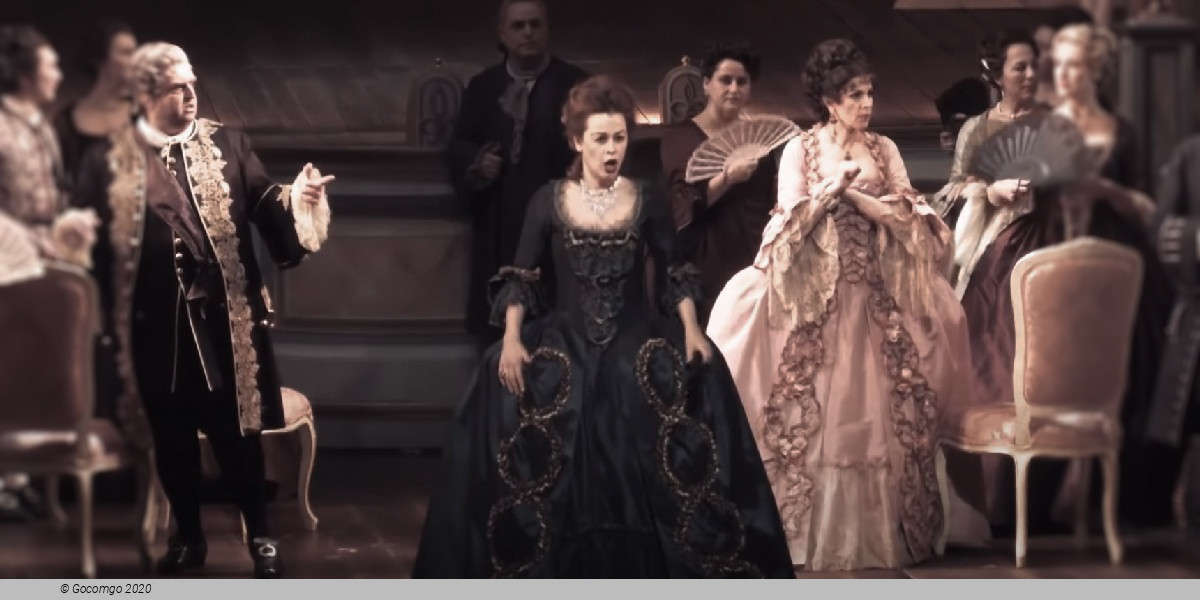
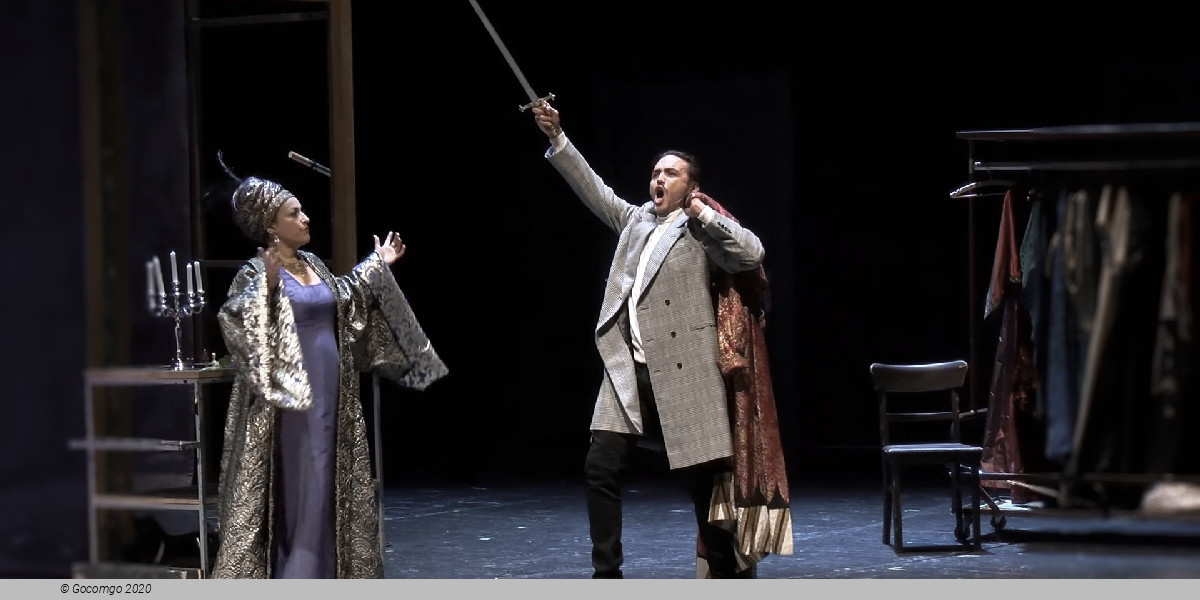
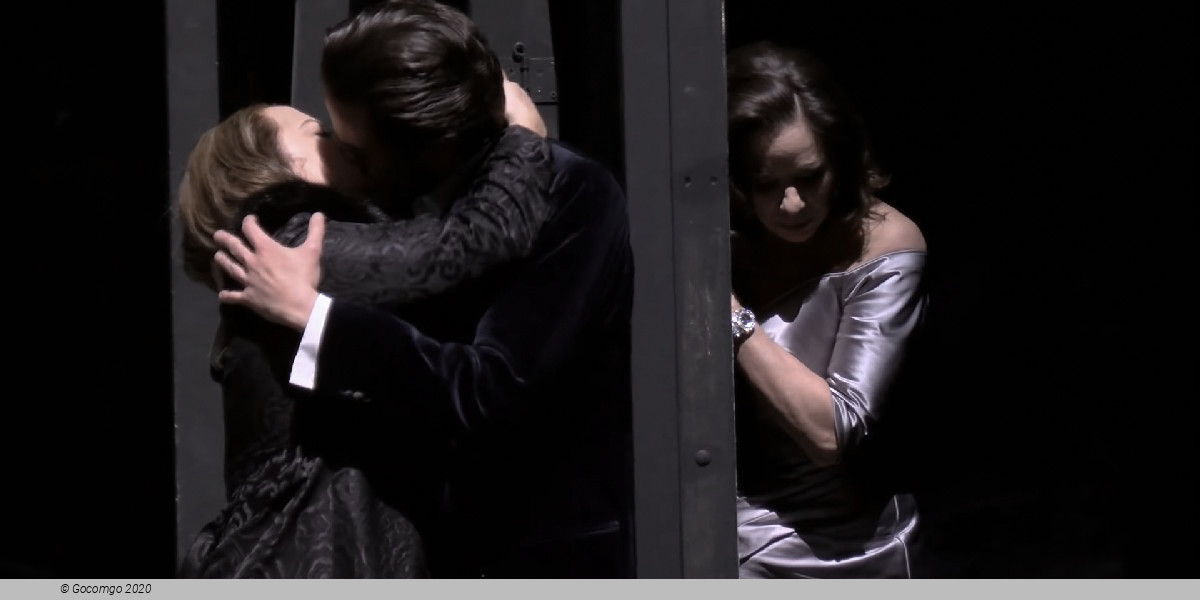
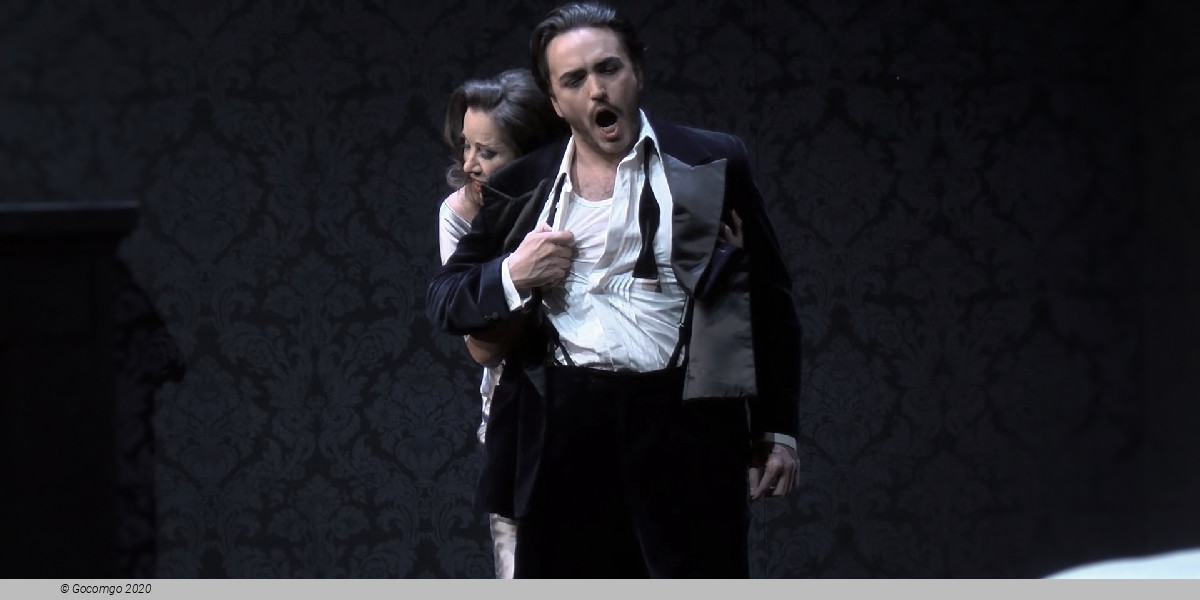
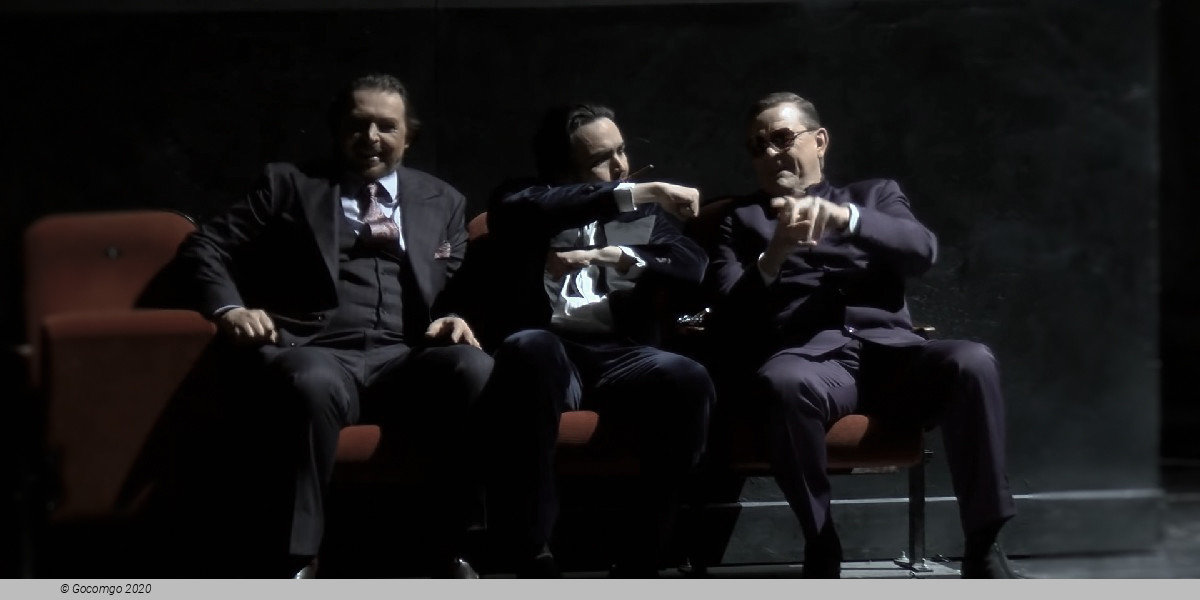
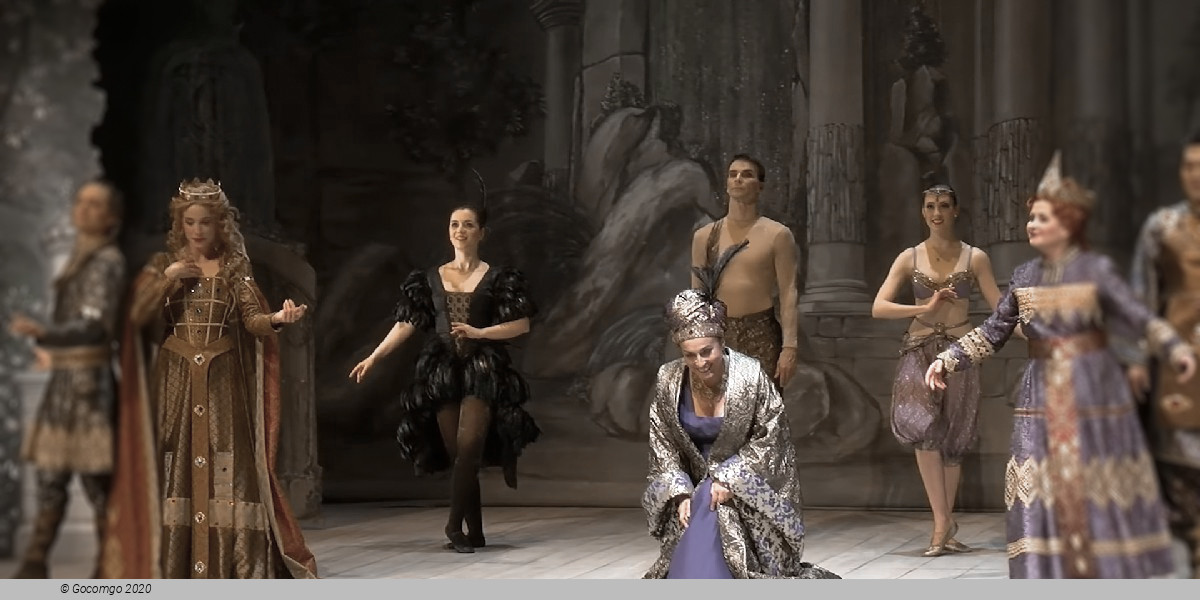
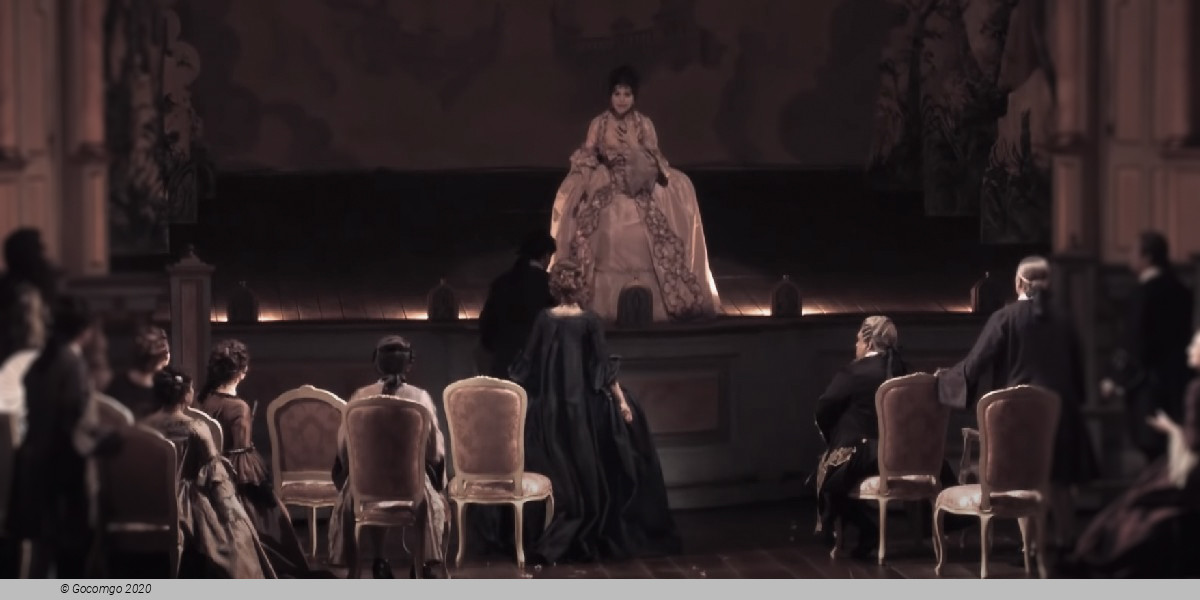
 2406 Nambusunhwan-ro, Seocho-gu
2406 Nambusunhwan-ro, Seocho-gu